K1B001UCH
Cam changeover switch, Harmony K, Ø 22mm, plastic, 1 pole, position 0, 45°, 12A, 45x45mm, metallic legend, marked 2/0/1, 35mm black handle
- Stock status:
- In stock
- Manufacturer:
- Schneider
- Product code:
- K1B001UCH
Main documents
| Range of product | Harmony K |
|---|---|
| product or component type | Complete cam switch |
| Component name | K1 |
| [Ith] conventional free air thermal current | 12 A |
| Product mounting | Front mounting |
| Fixing mode | Ø 22 mm hole |
| Cam switch head type | With front plate 45 x 45 mm |
| Type of operator | Black handle, length = 35 mm |
| Rotary handle padlocking | Without |
| Presentation of legend | With metallic legend, 2 – 0 – 1 black marking |
| Cam switch function | Changeover switch |
| Return | Without |
| Off position | With Off position |
| Poles description | 1P |
| Switching positions | Left: 0° – 315° Right: 0° – 45° |
| IP degree of protection | IP65 conforming to IEC 60529 |
| Switching angle | 45 ° |
|---|---|
| [Ui] rated insulation voltage | 690 V (pollution degree 3) conforming to IEC 60947-1 |
| [Ithe] conventional enclosed thermal current | 10 A |
| Rated operational power in W | 10500 W AC-21, 500…660 V 3 phases conforming to IEC 947-3 1100 W AC-3, 230 V 3 phases conforming to IEC 947-3 1500 W AC-23A, 230 V 3 phases conforming to IEC 947-3 1500 W AC-3, 400 V 1 phase conforming to IEC 947-3 1500 W AC-3, 400 V 3 phases conforming to IEC 947-3 1500 W AC-3, 500 V 3 phases conforming to IEC 947-3 1500 W AC-3, 690 V 3 phases conforming to IEC 947-3 2200 W AC-23A, 400 V 3 phases conforming to IEC 947-3 2200 W AC-23A, 500 V 3 phases conforming to IEC 947-3 2200 W AC-23A, 690 V 3 phases conforming to IEC 947-3 4800 W AC-21, 230 V 3 phases conforming to IEC 947-3 600 W AC-3, 230 V 1 phase conforming to IEC 947-3 8300 W AC-21, 400 V 3 phases conforming to IEC 947-3 |
| [Ie] rated operational current AC | 1.8 A at 690 V AC-3 3 phases conforming to IEC 947-3 2.8 A at 500 V AC-3 3 phases conforming to IEC 947-3 2.8 A at 690 V AC-23A 3 phases conforming to IEC 947-3 3.3 A at 400 V AC-3 3 phases conforming to IEC 947-3 3.8 A at 500 V AC-23A 3 phases conforming to IEC 947-3 4.6 A at 230 V AC-3 3 phases conforming to IEC 947-3 4.8 A at 400 V AC-23A 3 phases conforming to IEC 947-3 5.6 A at 230 V AC-23A 3 phases conforming to IEC 947-3 1 A at 500 V AC-15 conforming to IEC 947-5-1 2 A at 400 V AC-15 conforming to IEC 947-5-1 3 A at 230 V AC-15 conforming to IEC 947-5-1 |
| Electrical durability | 1000000 cycles AC-15 1000000 cycles AC-21 500000 cycles AC-23 500000 cycles AC-3 |
| Maximum operating rate | 8333 cyc/mn AC-15 2.5 cyc/mn AC-21 2.5 cyc/mn AC-23 2.5 cyc/mn AC-3 |
| Short-circuit current | 10000 A |
| Short-circuit protection | 16 A cartridge fuse, type gG |
| [Uimp] rated impulse withstand voltage | 4 kV in isolating function 6 kV conforming to IEC 947-1 |
| Contact operation | Slow-break |
| Positive opening | With |
| Electrical connection | Captive screw clamp terminals flexible, clamping capacity: 2 x 1.5 mm² Captive screw clamp terminals solid, clamping capacity: 1 x 2.5 mm² |
| Mechanical durability | 1000000 cycles |
| CAD overall width | 45 mm |
| CAD overall height | 50 mm |
| CAD overall depth | 49 mm |
| net weight | 0.135 kg |
| Standards | IEC 60947-3 for power circuit IEC 60947-5-1 for control circuit CENELEC EN 50013 |
|---|---|
| Product certifications | CSA 240 V 3 hp 3 phases 2 pole(s) UL 240 V 0.33 hp 1 phase 2 pole(s) CSA 240 V 1 hp 1 phase UL 240 V 1 hp 3 phases |
| protective treatment | TC |
| Ambient air temperature for operation | -25…55 °C |
| ambient air temperature for storage | -40…70 °C |
| Shock resistance | 30 gn conforming to IEC 68-2-27 |
| Vibration resistance | 5 gn conforming to IEC 68-2-6 (f = 10…150 Hz) |
| Electrical shock protection class | Class II conforming to IEC 536 Class II |
| Unit Type of Package 1 | PCE |
|---|---|
| Number of Units in Package 1 | 1 |
| Package 1 Height | 6.500 cm |
| Package 1 Width | 6.500 cm |
| Package 1 Length | 11.000 cm |
| Package 1 Weight | 149.600 g |
| Unit Type of Package 2 | S01 |
| Number of Units in Package 2 | 10 |
| Package 2 Height | 15.000 cm |
| Package 2 Width | 15.000 cm |
| Package 2 Length | 40.000 cm |
| Package 2 Weight | 1.645 kg |
| Unit Type of Package 3 | P06 |
| Number of Units in Package 3 | 320 |
| Package 3 Height | 75.000 cm |
| Package 3 Width | 80.000 cm |
| Package 3 Length | 60.000 cm |
| Package 3 Weight | 60.640 kg |
Product Description
Schneider Electric
Schneider Electric is a multinational corporation specializing in energy management and automation solutions. With operations in over 100 countries, the company offers a wide range of products and services for various industries, including residential, commercial, and industrial.
Schneider Electric is focused on sustainability and innovation, aiming to help their customers manage energy efficiently and reduce their environmental impact.
Schneider Electric Push Button
Schneider Electric offers a wide range of push buttons, designed for various industrial and commercial applications. Schneider Electric Push Buttons are high-quality, durable, and reliable components used to control electrical circuits in industrial, commercial, and residential settings.
They come in various types, sizes, and colors to meet the diverse needs of different applications. These push buttons are part of the Harmony range, known for its user-friendly design and robust performance.
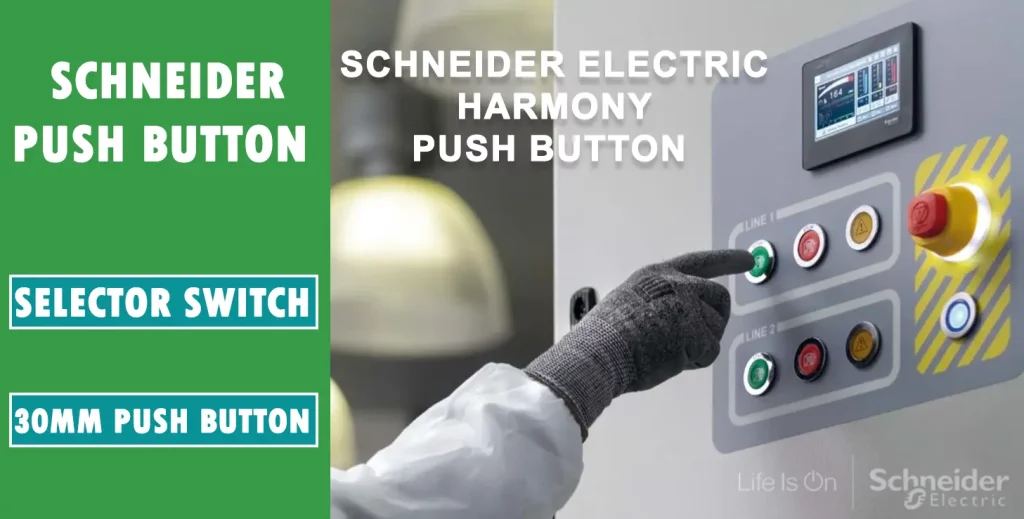
Harmony K
Schneider Electric Harmony K range includes products designed for industrial automation and control, focusing on human-machine interface (HMI) devices. The Harmony K series is known for its durability, reliability, and ease of use in demanding industrial environments.
Design and Features:
- Robust Construction: Built to withstand harsh industrial environments, including resistance to dust, moisture, and mechanical impacts.
- Ergonomic Design: Easy to operate with clear indicators and comfortable actuators for frequent use.
- Modular System: Many components are modular, allowing for easy installation and customization to meet specific needs.
Application Schneider Electric Harmony K:
- Manufacturing: Used in assembly lines, production machinery, and control panels.
- Energy Management: Employed in systems for monitoring and controlling energy usage.
- Infrastructure: Found in transportation systems, water treatment plants, and other infrastructure projects.
- Building Automation: Integrated into building management systems for controlling HVAC, lighting, and security systems.
K1B001UCH
The Schneider Electric K1B001UCH is a high-quality cam changeover switch from the Harmony K series. This complete cam switch/selector switch is designed for industrial and process control applications, offering robust performance and ease of integration.

Key Features:
- Compact Design: The switch features a compact 22mm diameter unit, making it ideal for various industrial applications where space is a constraint.
- 1 Pole Configuration: Equipped with a single pole (1P) for efficient control.
- Current Rating: Rated for 12A, ensuring reliable operation under load.
- Switching Positions: The switch has a 45-degree angle between its switching positions, marked as “2 – 0 – 1” for clear indication.
- Durable Construction: Made from durable plastic with a metallic legend, it features a robust 35mm black handle for easy operation.
- Mounting and Integration: Screw clamp mounting mode for secure installation and compatibility with 45x45mm panels.
- Environmental Resistance: Front part rated at IP65, allowing installation in harsh or outdoor environments, providing resistance to dust and water.
Technical Specifications:
- Series: Harmony K
- Model Number: K1B001UCH
- Handle Size: 35mm, black
- Pole Configuration: 1 Pole (1P)
- Position Marking: “2 – 0 – 1”
- Switching Angle: 45 degrees
- Current Rating: 12A
- Mounting Diameter: Ø 22mm
- Panel Size: 45x45mm
- Material: Plastic with metallic legend
- Ingress Protection: IP65 (front part)
The Schneider Electric K1B001UCH cam changeover switch offers exceptional durability, ease of use, and reliable performance, making it an excellent choice for a wide range of industrial and process control applications. Its compact design and robust features ensure that it can withstand demanding environments while providing precise and efficient control.
Frequently Asked Questions
What is a push button used for?
✅When you press a push button, it either makes or breaks an electrical connection, allowing or interrupting the flow of electricity through the circuit. Pushbutton switches are commonly used in a wide range of electronic devices, control panels, and applications where users need to activate or deactivate a function or operation. These switches are essential for ensuring reliable and efficient control in various settings, from industrial machinery to consumer electronics and automation systems.
What is NO and NC in Push Button Switches?
✅ Push button switches can be classified as either normally open (NO) or normally closed (NC). Normally open (NO) switches, also known as "OFF" position switches, complete the circuit when actuated. In contrast, normally closed (NC) switches, or "ON" position switches, break the circuit when actuated. Understanding the difference between NO and NC push button switches is crucial for selecting the right type for your application, whether it's for industrial machinery, control panels, or electronic devices.
What Are the Two Types of Push Button Switches?
✅ Push button switches come in two main types: single-pole and double-pole switches. The single-pole switch is the most common type, featuring a control device with a single input source and a single output source. This basic design makes single-pole switches ideal for a wide range of applications. Double-pole switches, on the other hand, have two input sources and two output sources, offering more complex control capabilities for advanced electrical systems.
Is a Push Button a Sensor?
✅No, a push button is not an analog sensor. An analog sensor provides a continuous output signal that varies in proportion to the measured quantity. In contrast, a push button provides a discrete output signal that changes state from one level to another when the button is pressed or released. This distinction makes push buttons ideal for applications requiring simple on/off control, unlike analog sensors that are used for more complex, variable measurements.
What is Inside a Push Button?
✅ A push button consists of several key components:
1. Button Actuator: This is the part you physically press. It is connected to an internal mechanism within the switch.
2. Contacts: Push button switches contain one or more sets of contacts, typically made from conductive materials like metal. In their default state, these contacts are separated.
When the button actuator is pressed, it moves the contacts together to complete an electrical circuit. This simple yet effective design is what makes push buttons reliable for various applications, from industrial machinery to everyday electronic devices.
Is a Push Button Digital or Analog?
✅A push button is a digital sensor. Unlike analog sensors, which provide a continuous range of values, digital sensors like push buttons have only two states: on or off. For example, when you press a push button, it changes from off to on, providing a discrete signal. Similarly, a digital light sensor can detect whether it is dark or bright, also giving a binary output. This clear distinction makes push buttons ideal for simple, straightforward control in various applications.



















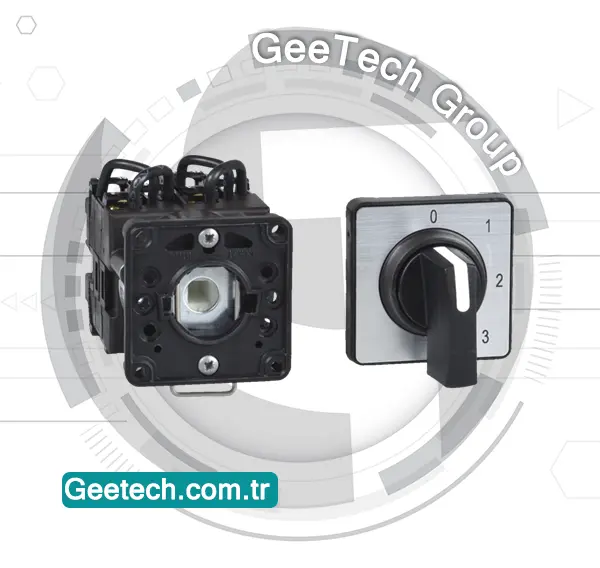

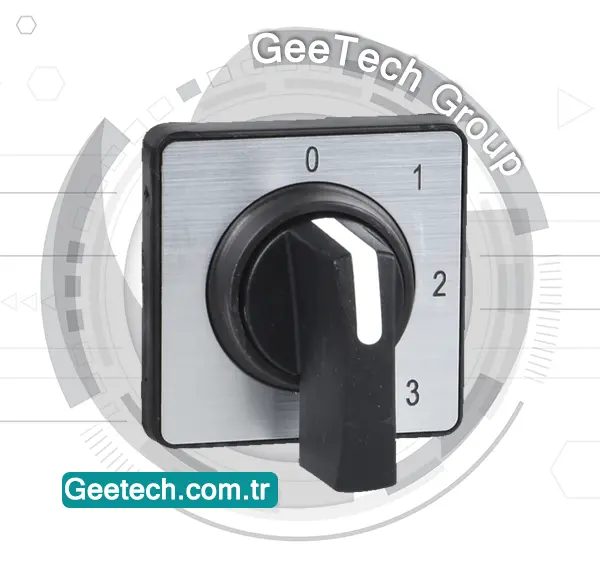
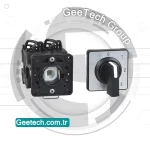
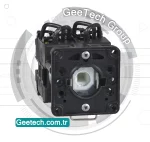

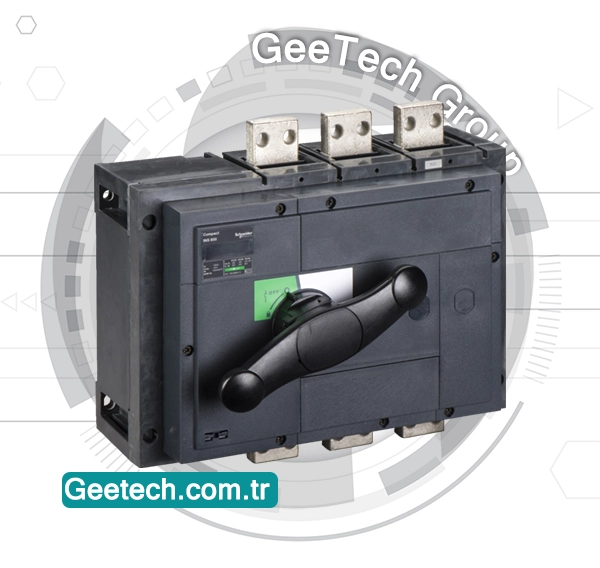

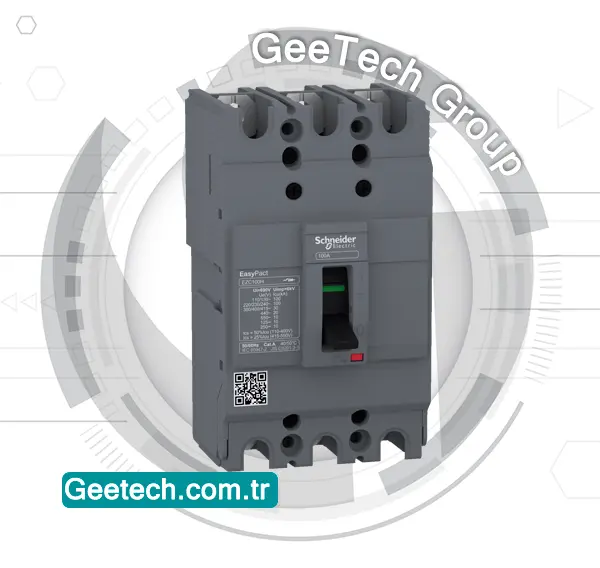


Reviews
There are no reviews yet.